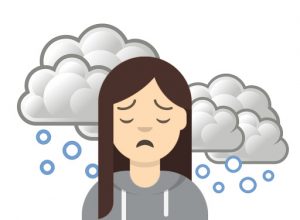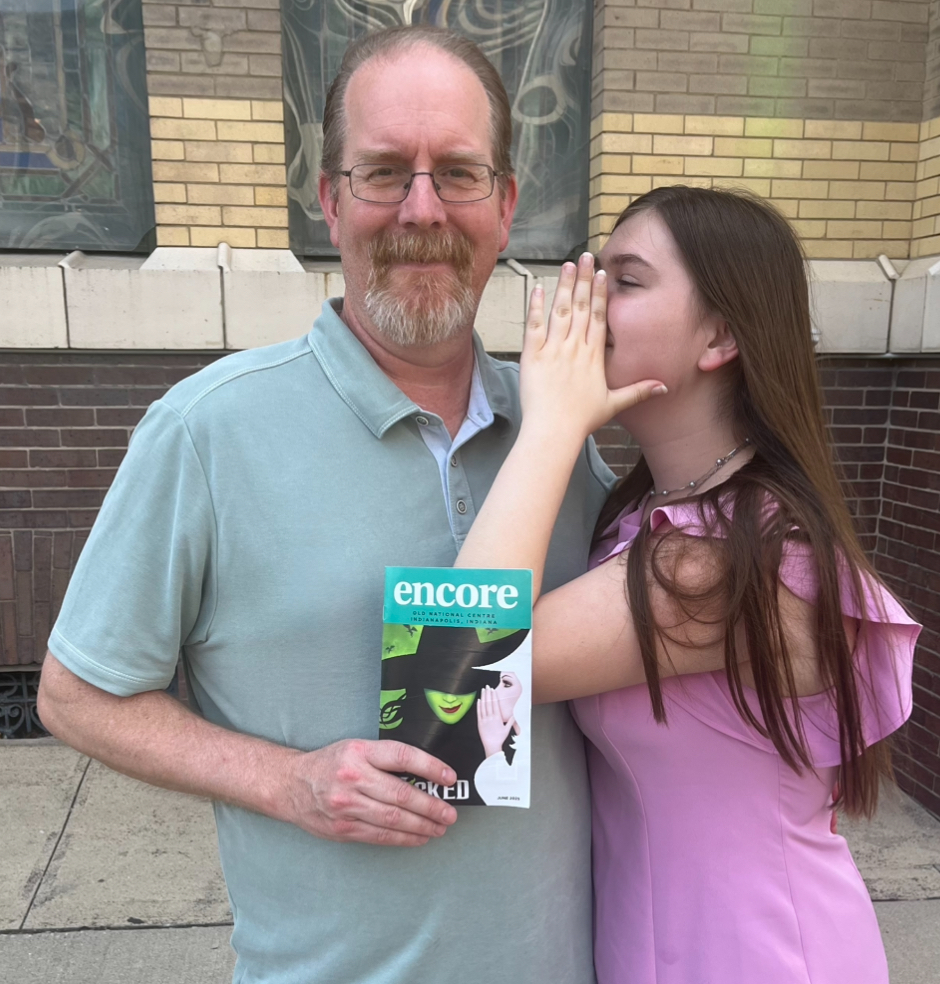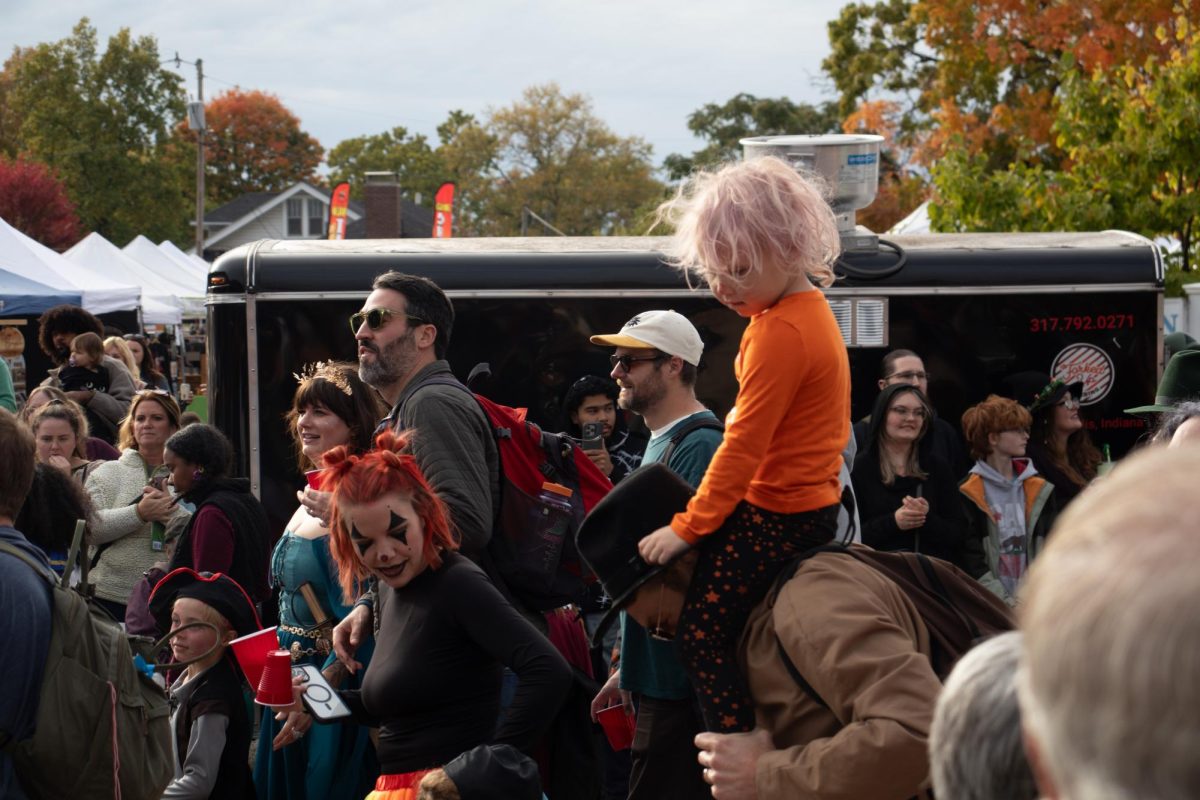Shedding light on seasonal sadness
Trees dawn barren limbs as the sun sets around 5:45 PM on Nov. 22.
December 16, 2020
As the sun sets earlier and temperatures begin to drop, around 10 to 20 percent of people experience a mild form of seasonal affective disorder (SAD), according to the American Academy of Family Physicians. The National Institute of Mental Health describes SAD, also known as wintertime blues or winter-pattern SAD, as starting to feel unhappy when the days get shorter during the fall and winter months.
“I tend to have poorer self-image during the winter and feel worse about myself and life,” junior Bella Soto said. “Things seem dreary and hopeless. It feels like the sun is never going to come back.”
Psychology teacher Harold Spooner says that SAD stems from a disruption in one’s circadian rhythms, which is a 24-hour body clock. Essentially, human beings have evolved to be awake in the light and asleep in the dark, so when daylight hours dwindle, it throws off the circadian rhythm. While this change affects everyone to an extent, those with SAD have a much harder time adjusting to it.
“In the winter, I usually lack motivation and overall feel drained all the time,” senior Mason Gushwa said. “I think not being able to enjoy the outdoors because it’s cold is a huge factor.”

Spooner says that SAD symptoms are similar to that of depression. Some symptoms include lack of energy, fatigue, weight loss or weight gain, feeling worthless, social withdrawal and more.
“I think life starts to slow down,” Soto said. “After the holidays, it seems like there’s nothing to look forward to for months. It’s also super cold and ugly out. My skin gets dry and itchy and you can’t leave the house without looking like a marshmallow. I think it’s definitely disappointing.”
Some treatments for SAD include seeing a therapist or taking antidepressants. Light therapy and taking vitamin D may also be an option.
According to Spooner, other ways to cope with SAD are changes in lifestyle, diet or exercise routines. Gushwa participates in meditation to stay at peace during the winter. Other acts of self-care can be helpful, too.
“I try to color in coloring books and play with my dog,” Soto said. “Coloring is super therapeutic and helps me cope. I find that I can tune out my sadness when I color. I would recommend everyone to get a coloring book and some crayons.”
While SAD does not have an exact cure, treatments, coping mechanisms and acts of self-care can make the wintertime more manageable for those affected.









